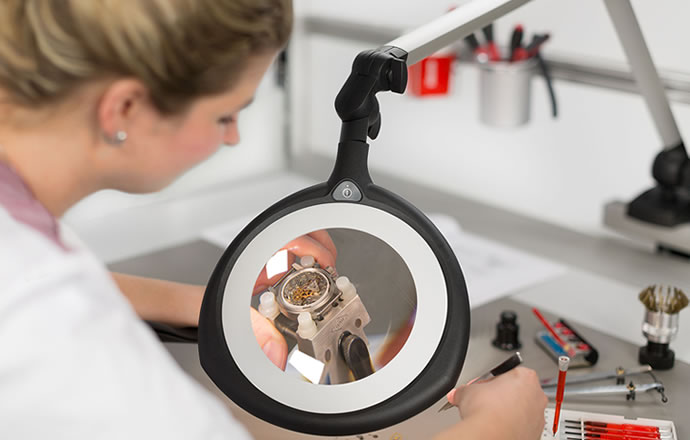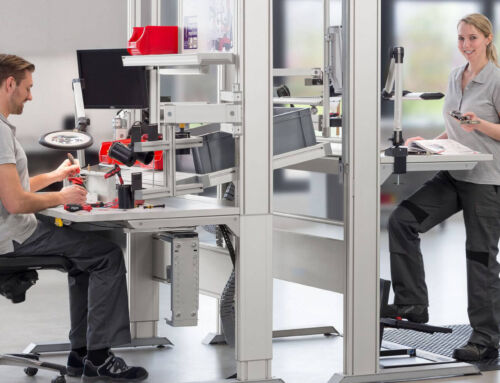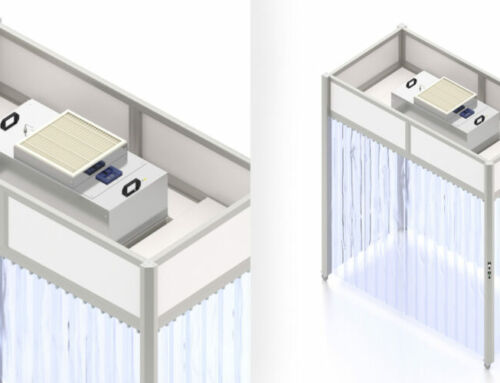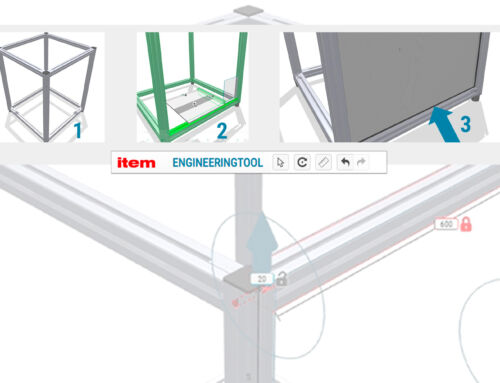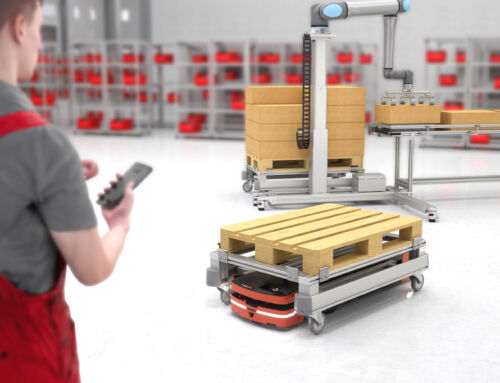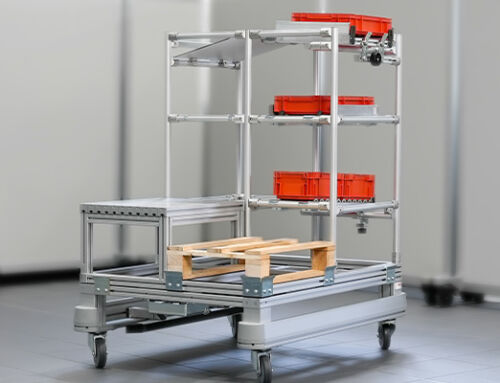Improving production means supporting staff with targeted coaching.
The continuous improvement process is the bedrock of lean production methods, so it’s naturally part and parcel of associated discussions. However, as we have already demonstrated in the first part of our KATA series, it’s vital to fully commit to this continuous improvement process. Otherwise, it fails to become firmly anchored and remains just a superficial process at the company. Specifically avoiding this means applying the KATA method, which is split into the Improvement KATA and the Coaching KATA. While the Improvement KATA focuses on individual employees, the Coaching KATA applies to the people tasked with supervising workers at the Gemba, that is to say the place where value is actually added. Because even in lean production, people taking on an enabling function are essential.
Coaching KATA in the lean production context
Relevant capabilities are required to complete any complex task – capabilities that we can only acquire with regular practice. Anyone would probably find it difficult to assess their own capabilities properly, though, especially if considering whether to deviate from standard practice. A coach – in the lean context, a manager who is on hand to support staff – can help, and this is where the Coaching KATA comes in. There are five key questions:
- What is the target condition (of your process)?
- What is the actual condition (of your process) now?
- What obstacles do you think are preventing you from reaching the target condition? Which one are you addressing right now?
- What is your next step? What do you expect?
- How quickly can we go and see what we have learned from taking that step?
The coach sometimes asks more in-depth questions, for example getting the employee to clarify an unclear aspect in the actual production environment (because this coaching discussion takes place at a board in most cases).
This Coaching KATA cycle is repeated each and every working day and lasts between five and a maximum of 20 minutes. An essential aspect of the coaching that is often forgotten or misunderstood is that it’s vital for the coach not to provide the employee with solutions. What’s more, the Coaching KATA is not about control mechanisms or a power imbalance. It’s not simply a case of checking rules have been adhered to. Each coaching cycle should also lead to an experiment. In other words, the aim of each Coaching KATA cycle is to identify the limits of the employee’s knowledge – and the experiment must take place at this very limit so as to achieve a learning effect.
The coach’s role in the Coaching KATA
Coaches should have detailed knowledge of lean production methods in general and the procedure and philosophy of the Improvement KATA in particular. In addition to technical know-how, interpersonal empathy is also required. Rather than having an educational function, coaches act as enablers. It’s therefore important for them to listen more than they talk, simply providing feedback at regular intervals. At the end of the day, coaches should be fully aware that they are in the same boat as the employee they are coaching – the process is based on mutual progress and trust.
The “Genchi Genbutsu” principle is also very important for coaches. This is often referred to as the “go and see” principle – in other words, going to the Gemba and observing what happens there. Despite all the jargon, the underlying idea is as simple as it is effective – the Gemba is the place where value is actually added. What’s more, Toyota prefers facts to data, because data is often not up to date and is therefore unable to clarify the problem. Data can also be massaged, which ultimately means the causes of a problem are not as easy to identify. Facts revealed in the production environment (at the Gemba) are far more informative. Illustrating the actual situation and based on immediate circumstances, they often provide the key to identifying the real cause of the problem.
Are you interested in fascinating reports and innovations from the world of lean production? Then we have just what you’re looking for! Simply subscribe to the item blog by completing the box at the top right!
